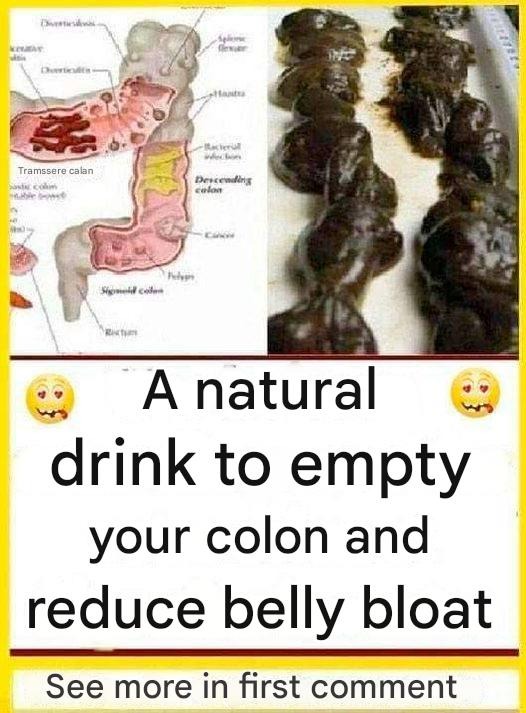The Digestive Process: How the Body Separates Food from Waste
The human digestive system is an intricate process that ensures our bodies absorb essential nutrients while efficiently eliminating waste. Every time we eat, the digestive process begins, breaking down food, extracting vital components, and disposing of what is unnecessary. Although the colon’s primary function is to remove waste, it plays a crucial role in maintaining overall health. Let’s explore the step-by-step journey of food through the digestive system and understand how this separation occurs.
Step 1: Ingestion and Initial Breakdown
The process begins in the mouth, where food is chewed into smaller pieces. Saliva, which contains enzymes like amylase, starts breaking down carbohydrates, making digestion easier. Chewing also helps mix food with saliva, forming a soft mass called a bolus that can be easily swallowed.
Step 2: Travel Through the Esophagus
After swallowing, the bolus travels down the esophagus, a muscular tube connecting the mouth to the stomach. A series of wave-like contractions called peristalsis push the food downward until it reaches the stomach.
Step 3: Breakdown in the Stomach
Once in the stomach, gastric juices, including hydrochloric acid and digestive enzymes, continue breaking down food. Proteins start to break into smaller chains of amino acids, and the stomach churns the mixture into a semi-liquid substance called chyme. This process ensures that food particles are small enough for the intestines to absorb nutrients effectively.
Step 4: Nutrient Absorption in the Small Intestine
The chyme moves into the small intestine, where the pancreas, liver, and gallbladder contribute digestive enzymes and bile to aid further breakdown. The small intestine’s walls have tiny hair-like structures called villi, which absorb nutrients into the bloodstream. The body retains these essential nutrients—such as proteins, carbohydrates, fats, vitamins, and minerals—for energy and cellular functions.

